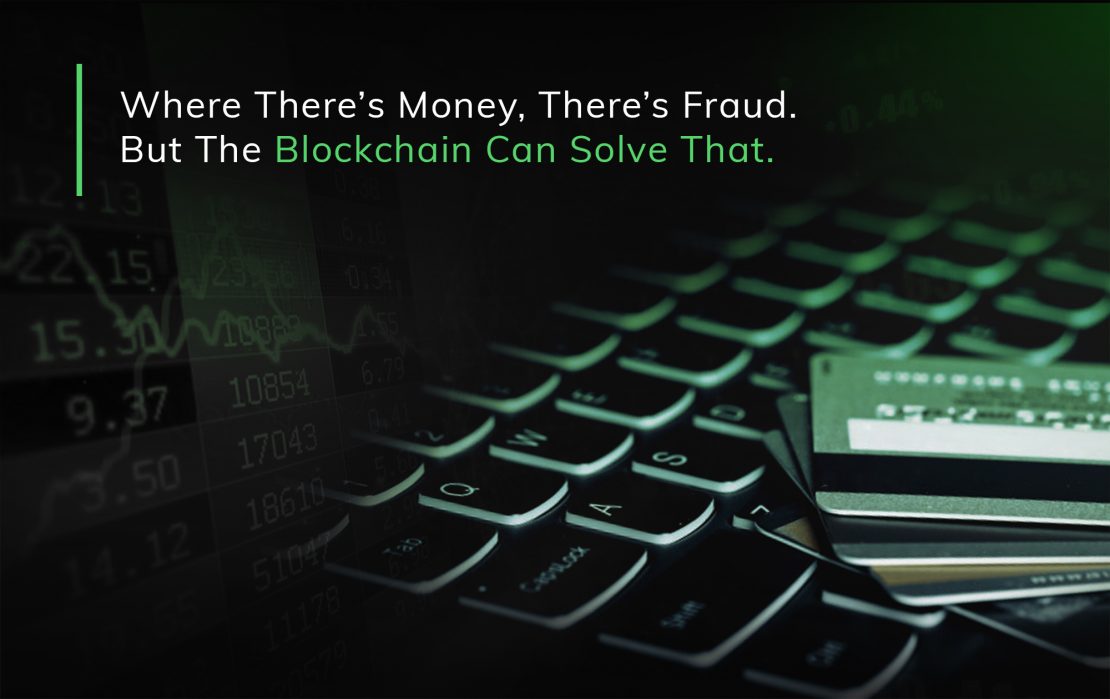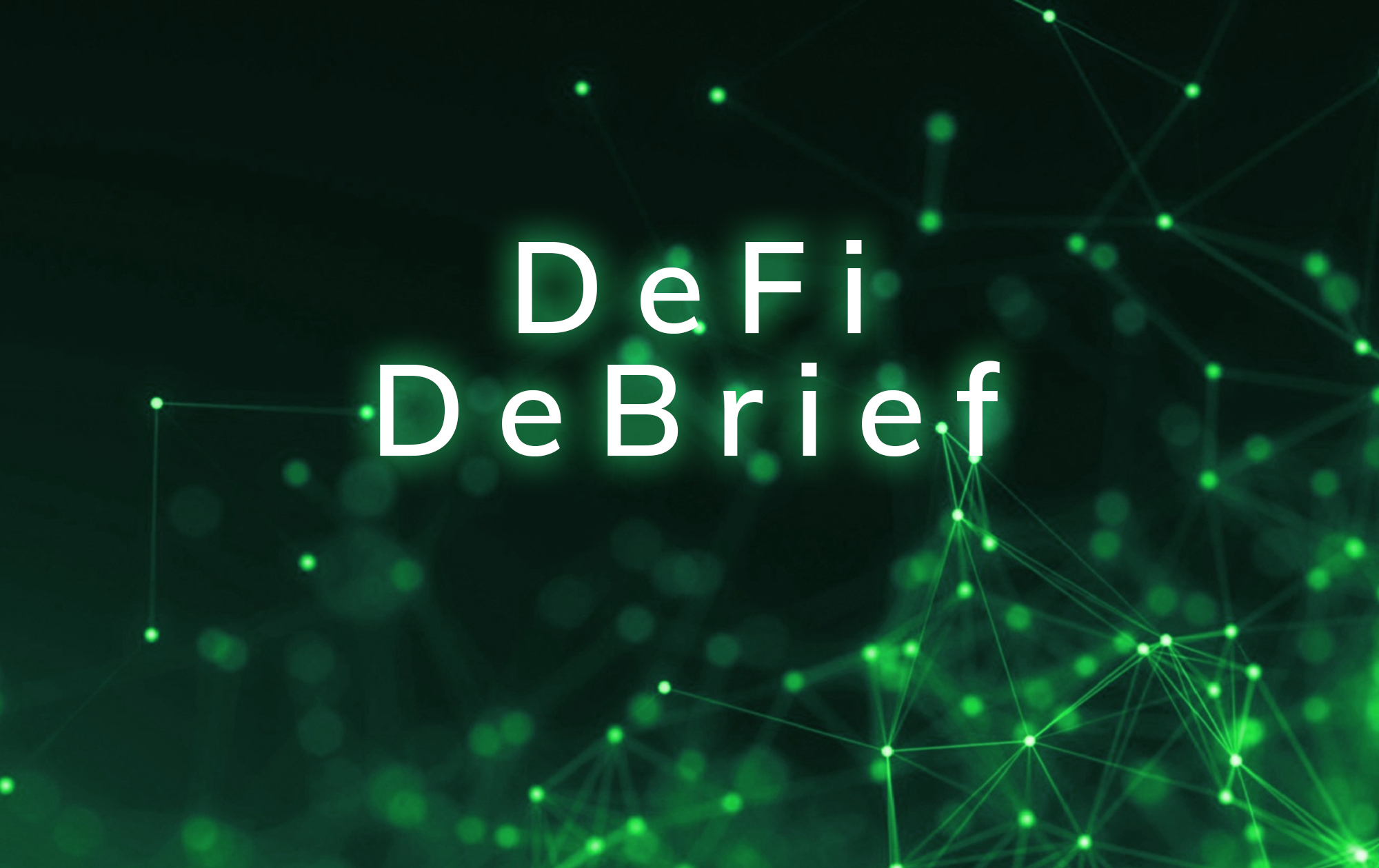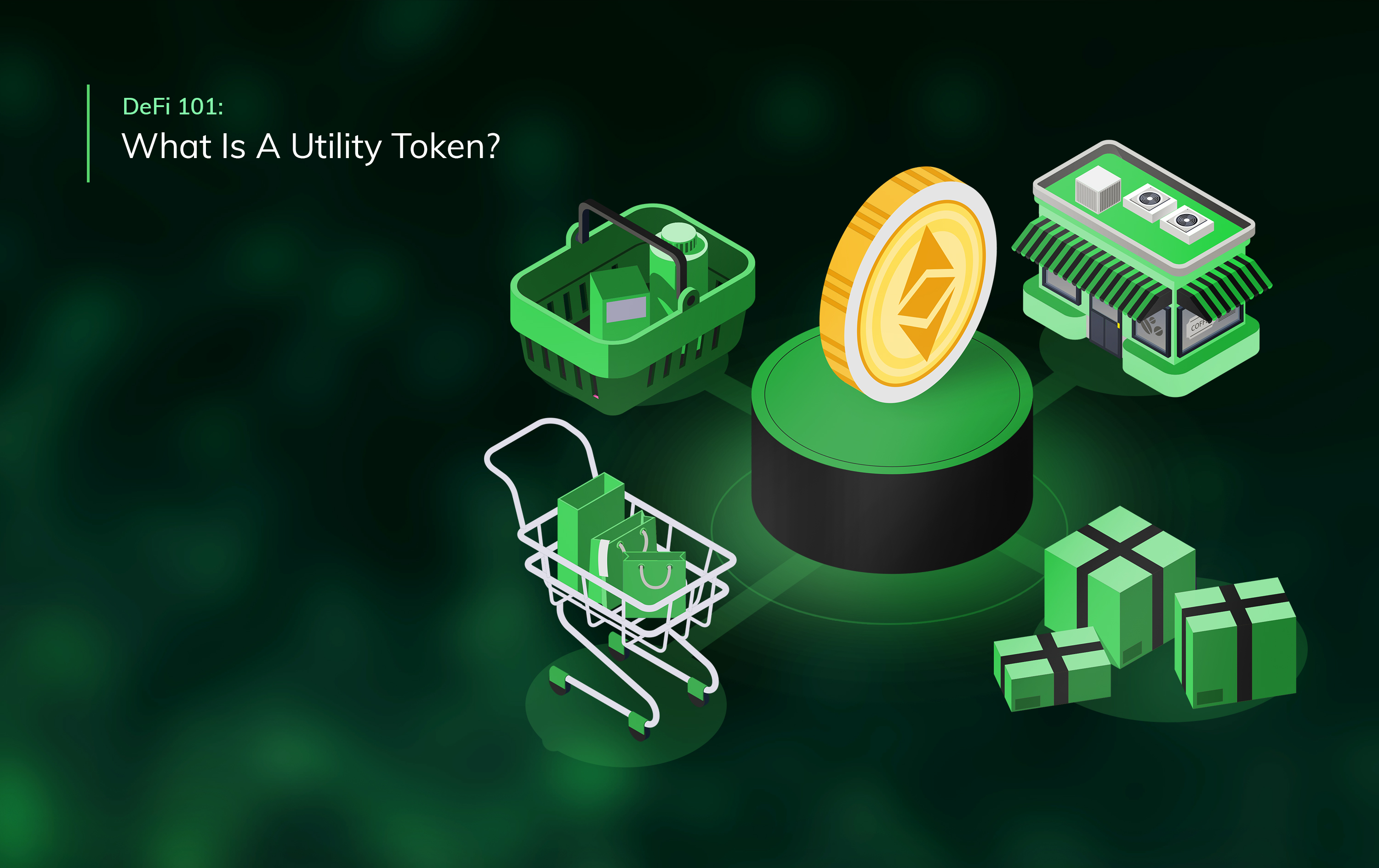Where There’s Money, There’s Fraud. But The Blockchain Can Solve That.
Where there’s money, there’s fraud. It’s how incentives align.
People see a way to make a quick buck. And they believe they won’t get caught (because often, they don’t).
So they act dishonestly. They bury their tracks. And if all goes to plan, they end up wealthier — while unsuspecting parties are left picking up the pieces. If only there were a way to deter the fraudsters before they act…?
As it turns out, there might just be.
Can The Blockchain Stop Financial Fraud?
Fraudsters will continue to act for as long as they believe they can get away with it. Take the Wirecard example.
A publicly-listed financial powerhouse managed to thrive for years despite its executives creating money out of thin air. They felt they could get away with it, so it was in their interest to defraud rather than risk being honest about a balance sheet shortfall.
But why did they believe they could get away with it? Because there was no publicly available ledger to prove any misdemeanor, making it near-impossible for authorities to verify if their financial reports were real.
The executives at Wirecard were more than aware of this fact. They knew they could make money just ‘appear.’
And they falsified records — to the tune of two billion dollars.
The impropriety only came to light when an independent auditor stumbled across an oddity in Wirecard’s books. Yet, despite the mounting evidence, allegations are proving difficult to substantiate.
If only all records had to be on a verifiable ledger, there would be no doubt: impropriety would be immediately apparent. And you know what?
That’s how things could be if all transactions sat on a blockchain.
You Can’t Falsify Records On A Blockchain.
Blockchains work using a distributed ledger.
‘What’s a distributed ledger?’ you ask. Well … it’s a record of transactions stored across multiple devices, with each device verifying that a new block of transactions is correct.
If one device tries to add a fake record, other devices will recognize that it’s false, and they won’t allow the block onto their ledger. Hence, it would be impossible to create money that doesn’t exist.
In the Wirecard scandal, even if the financial incentives were there, the executives would have known there was no way to bury false revenues in complex financial reports.
And it would have been effortless for an independent auditor to quickly scan a publicly-available blockchain and spot $2 billion of self-reported income with no actual source.
The probability of being caught would have destroyed any incentive — meaning the attempt to defraud would likely never have happened in the first place.
Learn more benefits of the blockchain: discover the Elitium Knowledge Base.




